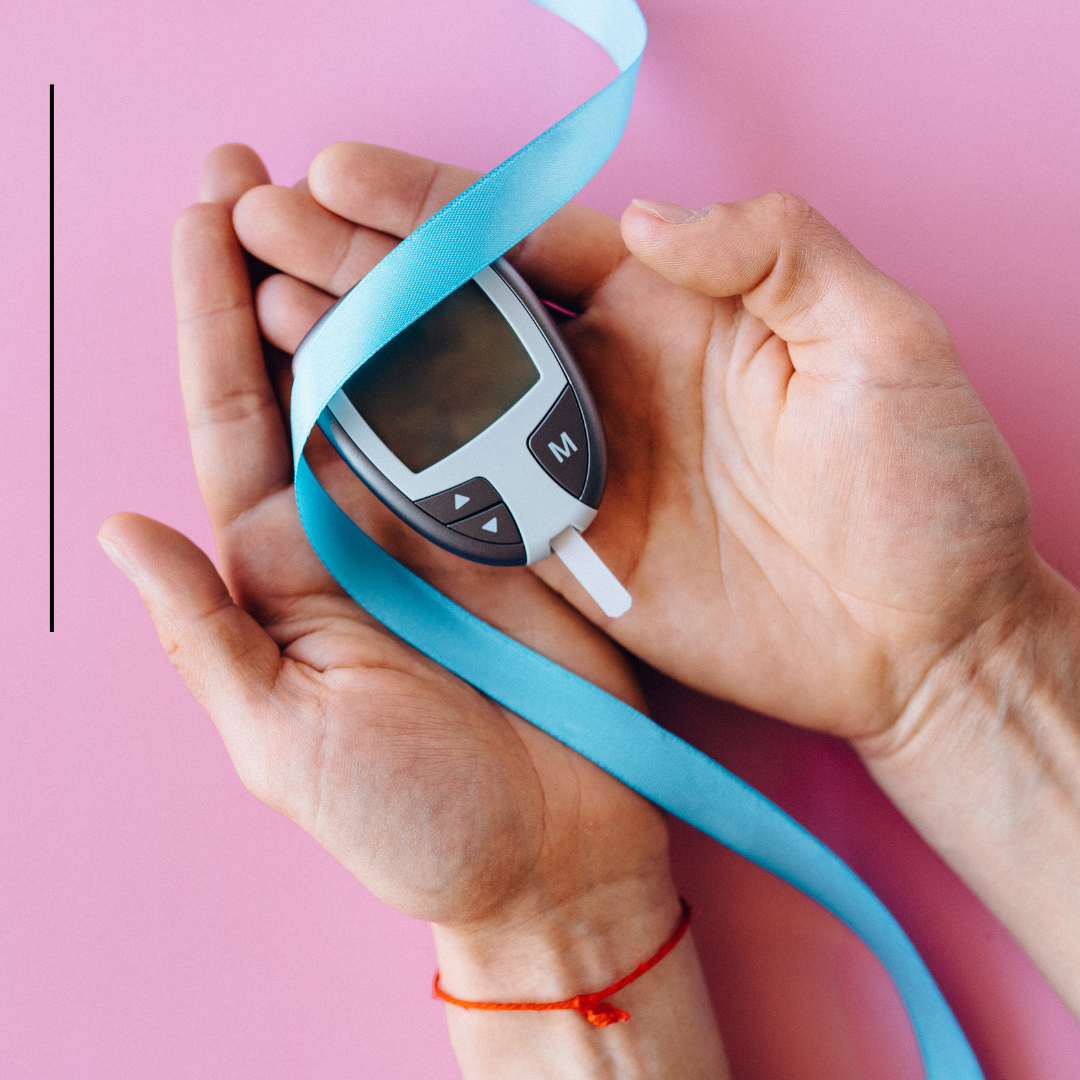
Understanding Diabetes: Prevention & Management
- 11th March 2025
Diabetes is a chronic health condition that affects millions of people worldwide. It occurs when the body either does not produce enough insulin or cannot effectively use the insulin it produces. If left unmanaged, diabetes can lead to severe complications such as heart disease, kidney failure, and nerve damage. However, with proper awareness, lifestyle modifications, and medical care, diabetes can be effectively prevented and managed.
What is Diabetes?
Diabetes is a metabolic disorder characterized by high blood sugar (glucose) levels. There are three main types of diabetes:
1. Type 1 Diabetes
An autoimmune condition in which the body's immune system attacks insulin-producing cells in the pancreas. It usually develops in childhood or adolescence and requires lifelong insulin therapy.
2. Type 2 Diabetes
The most common form of diabetes, occurring when the body becomes resistant to insulin or does not produce enough insulin. It is often linked to lifestyle factors such as poor diet, lack of physical activity, and obesity.
3. Gestational Diabetes
A temporary form of diabetes that develops during pregnancy. While it usually resolves after childbirth, it increases the risk of developing type 2 diabetes later in life.
Symptoms of Diabetes
The symptoms of diabetes may vary depending on the type and severity of the condition. Common symptoms include:
Frequent urination
Increased thirst and hunger
Unexplained weight loss
Fatigue
Blurred vision
Slow healing of wounds
Numbness or tingling in hands and feet
If you experience any of these symptoms, it is important to consult a healthcare professional for proper evaluation and diagnosis.
Causes and Risk Factors
Several factors contribute to the development of diabetes. Some of the key risk factors include:
Genetics: Family history of diabetes increases the risk.
Obesity: Excess body weight is a major risk factor for type 2 diabetes.
Sedentary Lifestyle: Lack of physical activity contributes to insulin resistance.
Unhealthy Diet: High intake of processed foods, sugary drinks, and unhealthy fats.
High Blood Pressure and Cholesterol: Both are linked to an increased risk of diabetes.
Age: The risk of type 2 diabetes increases after the age of 45.
Polycystic Ovary Syndrome (PCOS): Women with PCOS have a higher risk of developing diabetes.
Prevention of Diabetes
While type 1 diabetes cannot be prevented, type 2 diabetes and gestational diabetes can be significantly reduced with proactive lifestyle changes. Here’s how:
1. Maintain a Healthy Diet
Focus on whole foods, including fruits, vegetables, lean proteins, and whole grains.
Limit processed foods, refined sugars, and trans fats.
Choose fiber-rich foods to help regulate blood sugar levels.
2. Stay Physically Active
Engage in at least 150 minutes of moderate exercise per week.
Activities like walking, cycling, swimming, and strength training help improve insulin sensitivity.
Reduce prolonged sitting by incorporating movement into daily routines.
3. Maintain a Healthy Weight
Achieve and maintain a healthy BMI (Body Mass Index).
Losing even 5-10% of body weight can significantly reduce diabetes risk.
4. Monitor Blood Sugar Levels
Regular screenings help detect early signs of diabetes.
Those with prediabetes should monitor their blood glucose levels regularly.
5. Manage Stress
Chronic stress can contribute to insulin resistance.
Practice relaxation techniques such as meditation, deep breathing, and yoga.
6. Get Enough Sleep
Poor sleep patterns are linked to an increased risk of diabetes.
Aim for 7-9 hours of quality sleep per night.
Management of Diabetes
For individuals diagnosed with diabetes, effective management is crucial to prevent complications and maintain a good quality of life.
1. Follow a Personalized Meal Plan
Work with a nutritionist to develop a balanced diet tailored to individual needs.
Count carbohydrates to manage blood sugar effectively.
Incorporate portion control and mindful eating habits.
2. Regular Physical Activity
Exercise helps regulate blood sugar levels and improves insulin sensitivity.
Monitor blood sugar before and after workouts to prevent hypoglycemia.
3. Medication and Insulin Therapy
Some individuals require oral medications or insulin injections to regulate blood sugar levels.
Follow the prescribed treatment plan and never skip medications.
4. Regular Health Check-ups
Routine screenings for blood sugar, blood pressure, cholesterol, and kidney function.
Eye and foot exams to detect complications early.
5. Avoid Smoking and Alcohol Excess
Smoking increases the risk of diabetes-related complications.
Alcohol should be consumed in moderation, as it can impact blood sugar levels.
Conclusion
Diabetes is a manageable condition with the right lifestyle choices and medical care. By understanding its causes, symptoms, and prevention strategies, individuals can take proactive steps to reduce their risk. For those already diagnosed, effective management through diet, exercise, and medications can help maintain a healthy and fulfilling life.
If you have concerns about your blood sugar levels or diabetes risk, consult a healthcare professional for early diagnosis and personalized guidance. Taking action today can lead to a healthier future!





